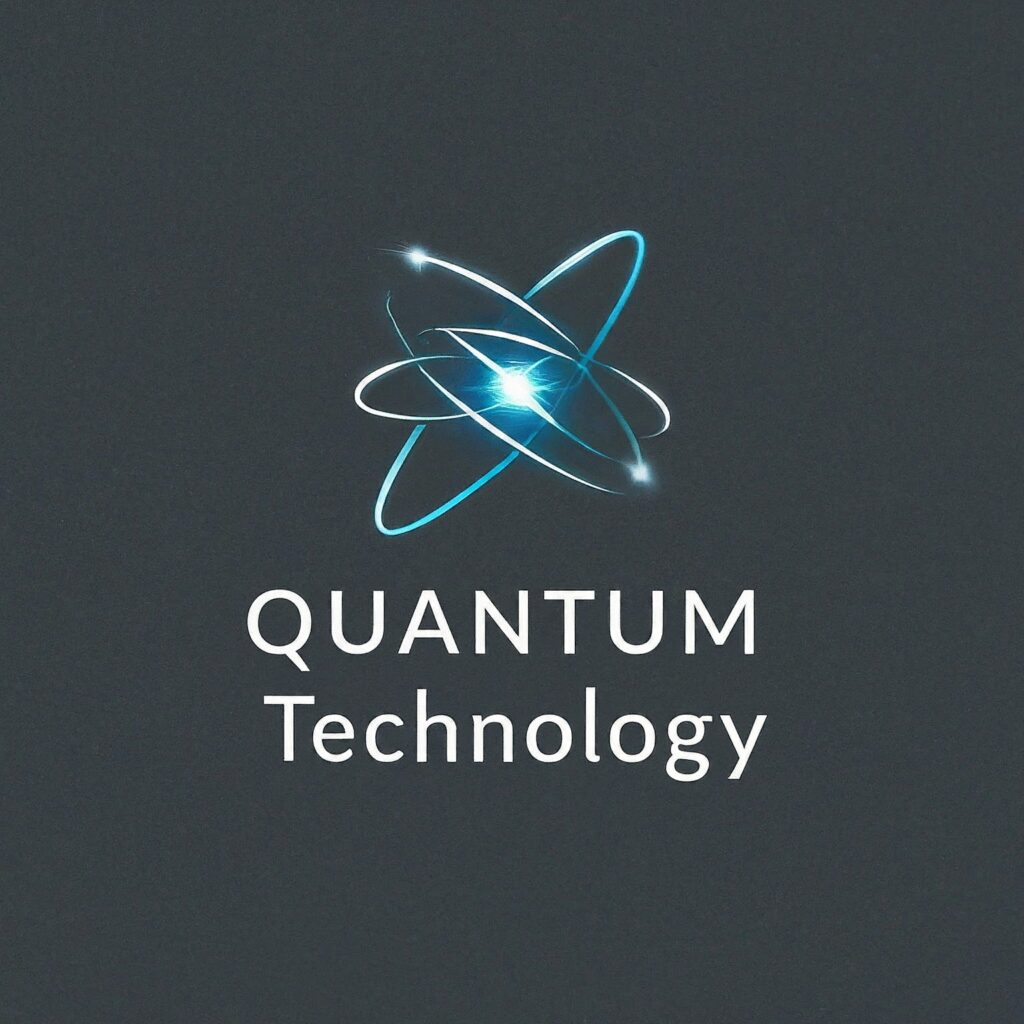Taming the Quantum Beast: Understanding Quantum Error Correction
Quantum computers hold immense promise for tackling problems beyond the reach of classical computers. However, their power hinges on the delicate state of qubits, which are susceptible to errors. Here, we delve into the fascinating realm of quantum error correction (QEC), a crucial technology for ensuring the accuracy and reliability of quantum computations.
Why is Error Correction Needed in Quantum Computers?
Unlike classical bits (0 or 1), qubits exist in a superposition of states, making them incredibly powerful but also highly sensitive. Even minor interactions with the environment can cause errors, flipping a qubit’s state or introducing noise that disrupts the computation.
These errors can accumulate and lead to incorrect results, rendering the entire computation useless. To harness the true potential of quantum computers, we need robust methods to prevent and correct these errors.
The Principles of Quantum Error Correction:
QEC borrows ideas from classical error correction but takes them to a whole new level due to the unique properties of quantum mechanics. Here are some key concepts involved:
- Encoding: Qubits are encoded using redundant information spread across multiple physical qubits. This creates a “logical qubit” that is more resistant to errors than a single qubit.
- Error Detection: Special measurements are performed on the encoded qubits to detect the presence of errors without collapsing the quantum state.
- Error Correction: Once an error is detected, corrective operations are applied to the encoded qubits to restore the desired quantum state.
Types of Quantum Error Correction Codes:
Several QEC codes have been developed, each with its own advantages and disadvantages:
- Surface Codes: A popular approach for fault-tolerant quantum computation. Surface codes use arrangements of qubits on a two-dimensional lattice to encode information and detect errors.
- Steane Codes: A powerful class of error-correcting codes that can handle a wide range of errors. However, they require a significant number of qubits for encoding.
- Topological Codes: These codes utilize the properties of topological materials to achieve fault-tolerant quantum computation. They are still under theoretical development but hold promising potential for the future.
Challenges and the Road Ahead:
Despite significant progress, QEC remains a challenging field:
- Scalability: Implementing QEC codes on large-scale quantum computers with many qubits is a significant engineering hurdle.
- Overhead: QEC introduces additional computational overhead, requiring more qubits and operations to achieve the same level of accuracy.
- Resource Optimization: Researchers are actively developing new methods to optimize QEC codes and minimize overhead for practical applications.
The Future of Quantum Error Correction:
QEC is an essential ingredient for unlocking the full potential of quantum computing. As research progresses and technological advancements are made, we can expect more efficient and scalable QEC codes to emerge. This will pave the way for reliable and powerful quantum computers capable of tackling complex problems previously thought to be intractable.
Exploring Quantum Error Correction Further:
Interested in delving deeper into this fascinating topic? Here are some resources to get you started:
- Research Papers: Explore recent research papers on arXiv (http://arxiv.org/) or academic databases like ScienceDirect.
- Quantum Computing Textbooks: Textbooks like “Quantum Computation and Quantum Information” by Nielsen and Chuang provide a comprehensive introduction to QEC.
- Online Lectures and Tutorials: Several universities and research institutions offer online lectures and tutorials on quantum error correction concepts.
By understanding the importance and complexities of QEC, we can appreciate the remarkable feat of engineering required to build reliable quantum computers and revolutionize the future of computing.
